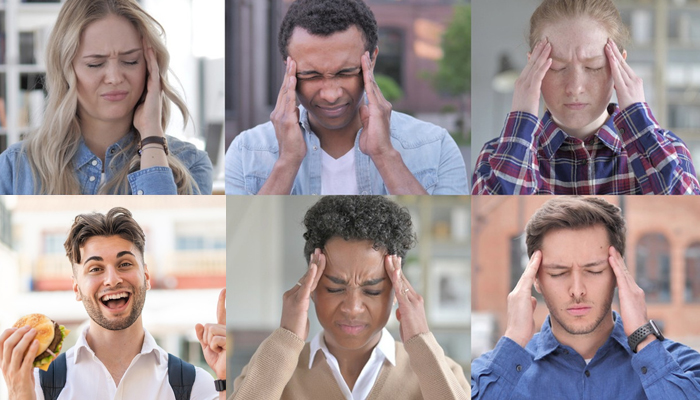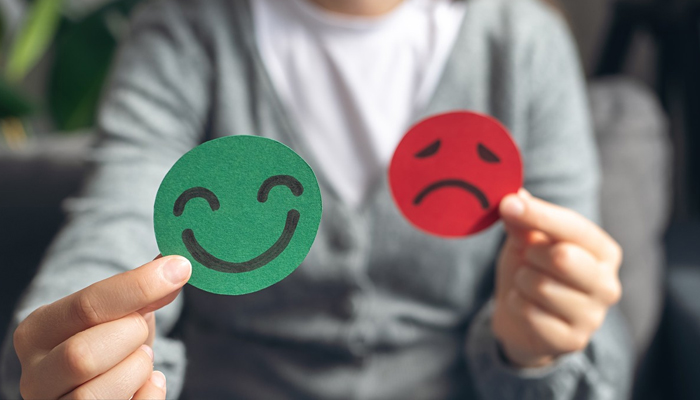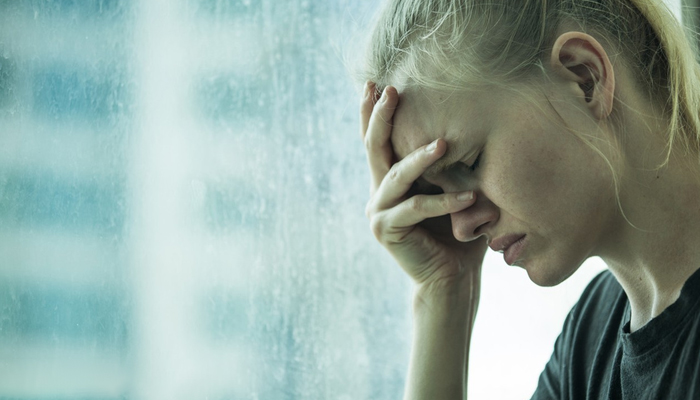
In bipolar disorder, also called bipolarity, manic depression, or manic-depressive psychosis, mood fluctuations are disproportionate in intensity and duration. The phases of excitement and depression that characterize them vary from one person to another.
Is it normal to have ups and downs?

Mood swings are not always explained by the influence of external factors in emotional and professional life. Mood can vary for other, less easily identifiable reasons, such as the length of the day or hormonal changes. These fluctuations sometimes recur regularly, as is the case with winter depression.
Some people are more prone to these cyclical mood swings, also called cyclothymia. They experience a more or less regular alternation of periods of happiness and sadness, without this phenomenon preventing them from living normally. As long as it remains bearable, cyclothymia is not a real illness.
What is bipolar disorder?

Bipolar disorder, formerly called manic-depressive psychosis, is characterized by mood swings that are disproportionate in duration and intensity. Cheerfulness becomes exaggerated euphoria, sadness is expressed by deep depression. The behavioral disorders that accompany these phases deeply disorganize the life of the affected person and degrade their family and professional relationships. Bipolar disorder is an illness that can be serious and requires long-term treatment.
What are the symptoms of bipolar disorder?
The symptoms of bipolar disorder are cycles of alternating phases of excitement, also called mania, and depression. These cycles are often linked by periods of normal mood. They vary in intensity, duration, and frequency from one person to another. The alternation of symptoms can be impressive, between hyperactivity, aggressiveness, lack of inhibition, then sadness, overwhelm, and total demotivation.
Depending on the symptoms, bipolar disorder is sometimes referred to as type 1 or type 2. Bipolar disorder type 1 is characterized by one or more manic or mixed episodes with or without major depressive episodes. Bipolar disorder type 2 combines at least one major depressive episode with hypomania.
What are called excited phases or manic phases?

A person in a manic phase is abnormally euphoric, energetic, hyperactive, or aggressive. They are elated and have unreasonable self-confidence. They no longer have any inhibitions and do or say whatever comes to mind, without worrying about the consequences of their actions and words. They have a very high opinion of themselves and cannot tolerate any criticism. They are irritable and lose their temper over nothing.
Her thinking is accelerated. She talks a lot, follows several ideas at once, willingly jumps from one thing to another. She is teeming with often incongruous projects, moves constantly, and never feels tired. She can forget to eat for several days and sleeps little. Her sexual urges have increased. This state can last several days, even several weeks.
Some patients enjoy these manic episodes during which they feel invincible and believe that nothing and no one can resist them. Some people even prove to be very successful professionally or very creative during a manic phase. But mania has mainly negative consequences. The person may act rashly and cause real upheavals in their life (quitting their job or spending recklessly, for example). Sometimes people suffering from bipolar disorder end up in trouble with the law for crimes committed during manic phases.
What are depressive phases?

When the depressive phase sets in, discouragement sets in within a few days or weeks. The higher the manic phase, the deeper the depression will be. From being hyperactive, the person becomes indifferent to everything and dejected. The symptoms are those of severe depression, such as sadness, overwhelm, slowed thinking and movement, constant fatigue, demotivation, and sleep and appetite disorders.
These symptoms last two to three times longer than the manic phases, often from several weeks to several months. Suicidal thoughts are common. Suicide is wrongly considered by the patient as the only way to free themselves from their illness and to no longer make those around them suffer from it.
What are mixed phases?
In some patients, there are so-called mixed phases. During these periods, the person simultaneously presents symptoms of mania and depression: agitation, sleep and appetite disorders, suicidal thoughts, etc. Mixed phases are sometimes observed between the end of a manic episode and the beginning of a depressive episode.
How often are the cycles?
A cycle consists of a manic phase, a depressive phase, and possibly the normal phase that separates them. The duration of a cycle is very variable, ranging from a few hours to a year or more. The frequency of cycles is also very variable. Most untreated patients experience eight to ten manic-depressive cycles during their life, but others will experience several cycles during the same year.
The disease is said to be rapid-cycling when the person develops more than four cycles in a year. Treatments and living conditions influence the frequency of repetition of the cycles. A well-treated and supported patient will have a better chance of seeing the cycles space out.
How does bipolar disorder develop?

When basic treatment with mood stabilizers is effective, the intensity and frequency of manic-depressive cycles decrease significantly, allowing the person to return to a normal life. After several months of treatment, the cycles may become less frequent until they disappear completely. For this reason, all people suffering from bipolar disorder should be treated.
Without treatment, the cycles continue and their frequency can accelerate. The intensity of the manic and depressive phases can also worsen.
In some cases, sick people develop symptoms of psychosis, hallucinations, and delusions, insistently defending false and illogical beliefs despite evidence to the contrary. The complications of bipolar disorder are multiple. In the absence of treatment, it is estimated that 25% of people suffering from bipolar disorder make one or more suicide attempts. The risks of alcoholism and drug addiction are significant and the associated behavioral disorders can have serious consequences, including divorce, dismissal, or imprisonment.
